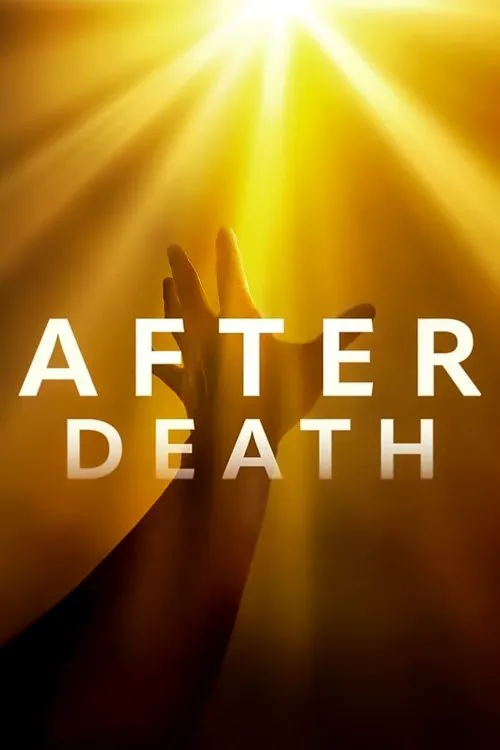After Death

Plot
"After Death" is a documentary-style film that delves into the enigmatic realm of the afterlife, guided by a diverse array of experts and individuals who have encountered the unknown. The film draws upon real-life near-death experiences (NDEs), a phenomenon that has intrigued and puzzled humans for centuries. By assembling a team of distinguished experts, including New York Times bestselling authors, medical professionals, and scientists, "After Death" sets out to unravel the mysteries of what lies beyond the veil of death. The film begins by examining the concept of NDEs, which involve individuals who have come perilously close to death, often as a result of accidents, illness, or other life-threatening circumstances. As these individuals undergo a life-altering experience, they often report encountering a realm that is beyond the confines of the physical world. This realm, characterized by feelings of peace, joy, and a sense of oneness with the universe, has led many to speculate about the existence of an afterlife. One of the key experts featured in "After Death" is Dr. Sam Parnia, a renowned cardiologist who has spent years researching NDEs. His work, published in the journal Resuscitation, has shed light on the phenomenon and has sparked a heated debate about the nature of consciousness and the afterlife. Dr. Parnia explains that NDEs are not simply a product of the brain, but rather a genuine experience that can be observed and measured. As the film progresses, it becomes clear that NDEs are not unique to any particular culture or religion. Rather, they represent a universal human experience that transcends geographical and ideological boundaries. This is borne out by the accounts of individuals from diverse backgrounds who have reported similar experiences, including a woman from Africa who described being surrounded by a warm, comforting light and a man from Australia who recounted experiencing a sense of peace and unity with the universe. While the film does not attempt to provide definitive answers to the question of what lies beyond death, it does offer a rich tapestry of perspectives and insights that challenge our conventional understanding of the afterlife. One of the more intriguing accounts comes from a survivor of the Titanic disaster, who reported experiencing a sense of detachment from his physical body as he observed the wreckage from above. This account, which was corroborated by multiple witnesses, raises fundamental questions about the nature of consciousness and the relationship between the body and the soul. Throughout the film, the experts and survivors featured in "After Death" shed light on various aspects of the afterlife, from the nature of the afterlife experience to the role of near-death experiences in spiritual development. They also examine the implications of NDEs for our understanding of consciousness, the mind-body problem, and the possibility of life after death. One of the most thought-provoking aspects of the film is its examination of the concept of consciousness. Dr. Stuart Hameroff, a neuroscientist featured in the film, argues that consciousness arises from the fundamental nature of the universe, rather than being a product of the brain. This idea, which is supported by various experts and survivors, suggests that consciousness is not limited to the physical world, but rather represents a fundamental aspect of reality that persists beyond the confines of the body. In conclusion, "After Death" is a thought-provoking film that explores the mysteries of the afterlife through the lens of near-death experiences. By assembling a diverse array of experts and survivors, the film offers a rich tapestry of perspectives and insights that challenge our conventional understanding of death and the afterlife. As we continue to unravel the mysteries of the afterlife, "After Death" provides a compelling narrative that invites viewers to explore the unknown and to contemplate the fundamental questions of existence.
Reviews
Recommendations




